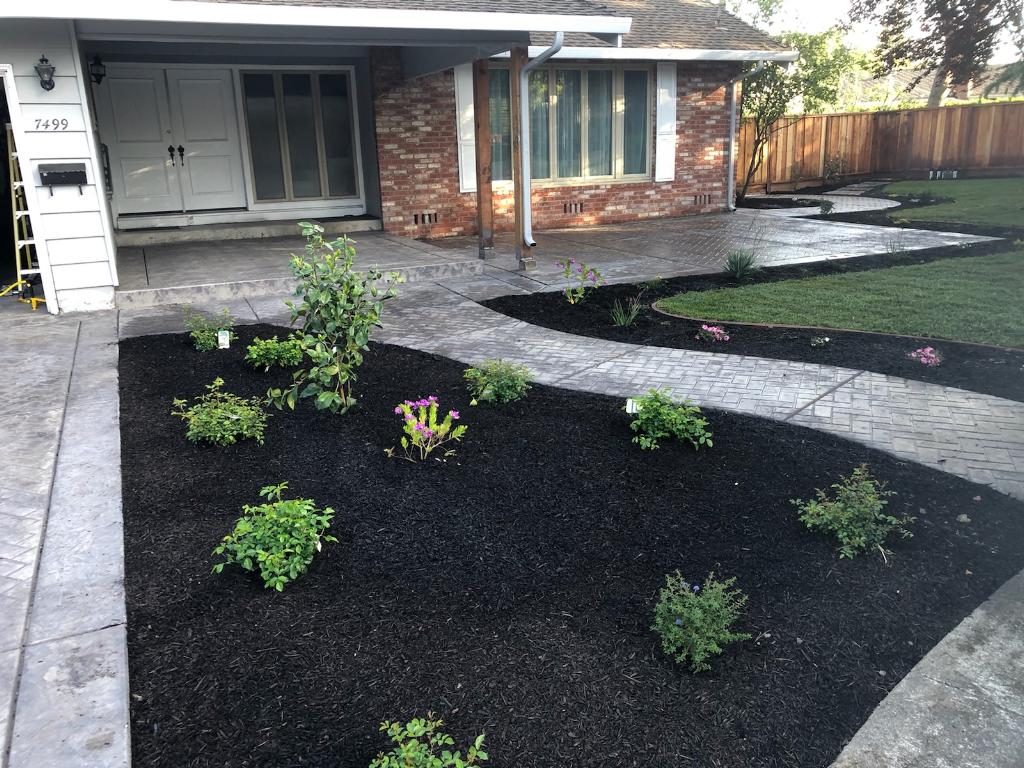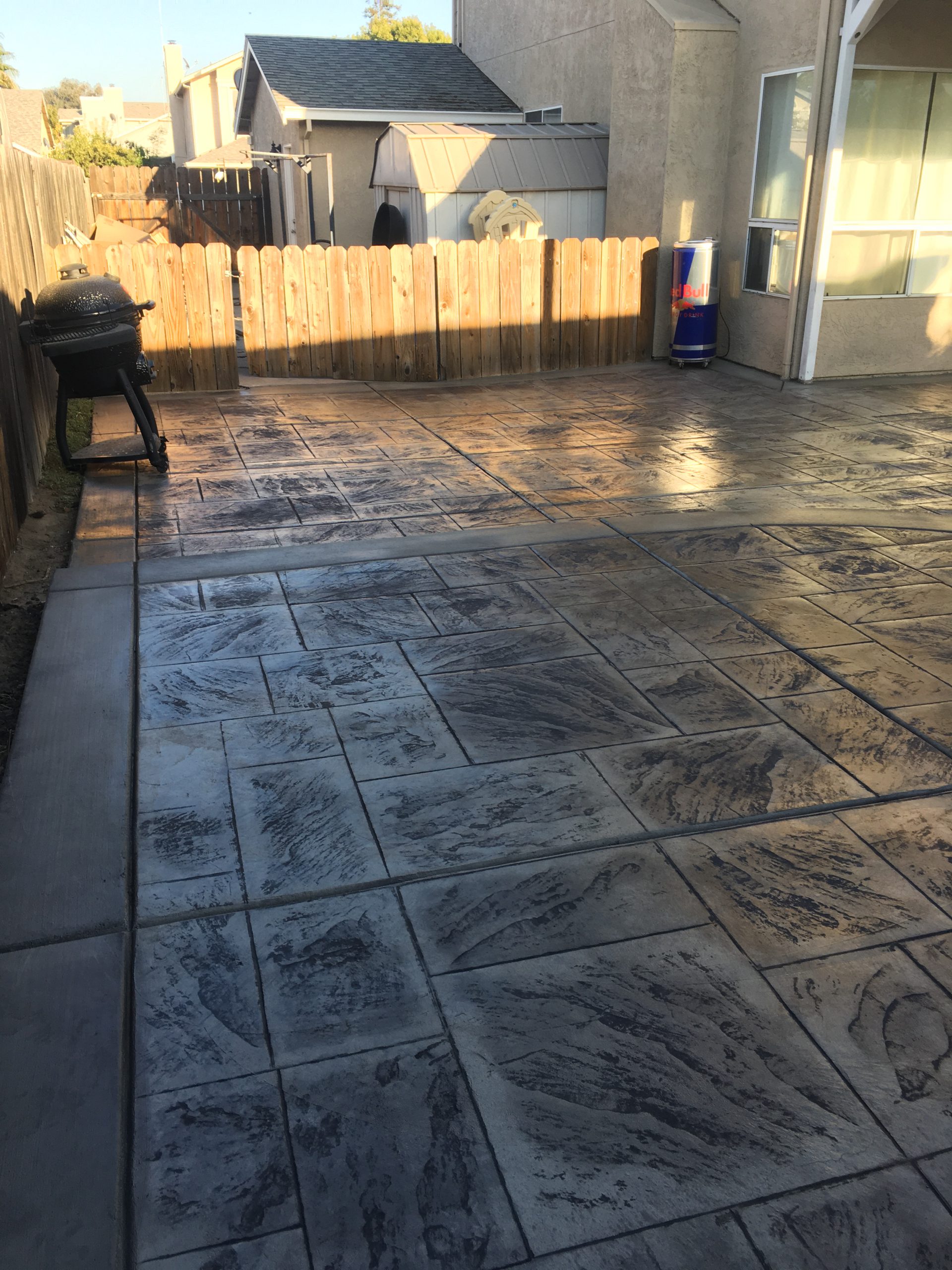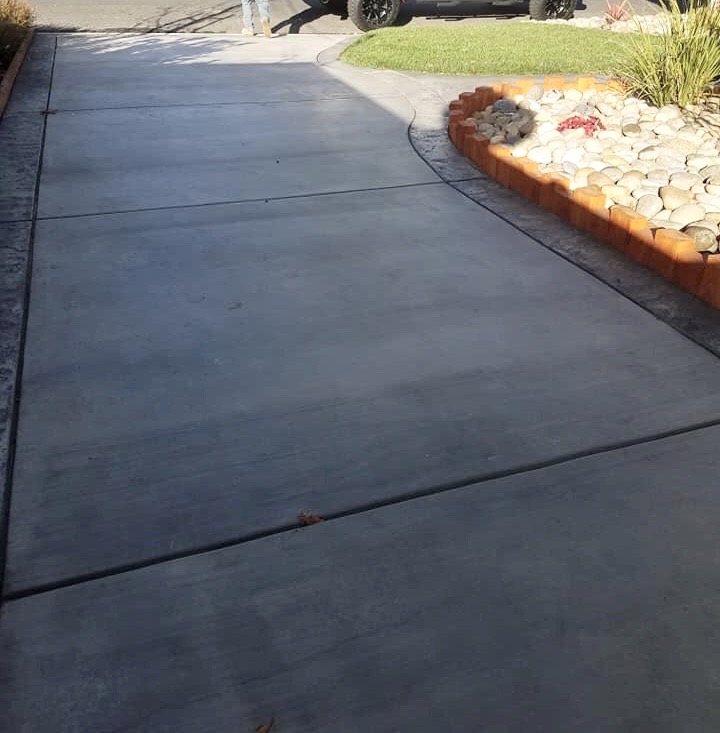How Common Are Foundation Problems?
4 Signs of Foundation Problems
Learning the early warning signs of foundation problems will head off concerns that could potentially cost tens of thousands of dollars to fix. The faster you find possible issues, the quicker it is to resolve them— and the lower the cost.
The 4 Basic Indoor Warning Signs
Houses calm down over time and panic isn’t caused by a little unevenness. At the same time, you’ll want to be alert to these warning signs that there are more drastic changes:
- A door begins to jam or fails to latch.
- Cracks appear in walls, especially over doorways, windows, or where walls meet ceilings.
- Cracks open in vinyl or ceramic tile over a concrete floor.
- Windows that used to open and close easily suddenly begin to stick or won’t close completely.
Check the Outside
Moving outside, check to see if your foundation is straight by looking down from each corner over the length of your foundation wall. The walls should be essentially equal, upwards and downwards as well as side by side. Test with a level to lean out walls.
A bulge or curve in either a block foundation or a poured concrete wall may signify a change in the foundation, or that the soil around the foundation can expand and contract, placing pressure on the walls.
Probe Concrete for Weakness
If your house has a poured perimeter floor, and the concrete seems to be chipping and flaking, use a sturdy screwdriver to poke it in a few places. The concrete should be so hard you can’t do it any harm.
If you manage to chip it or break off a section, the concrete may deteriorate because the mix contains dirty or salty sand or too much water. This issue, popular in homes built in some parts of the country in the early 1900s, has no solution short of a new base.
Checking Structural Components
In addition to the exterior basement wall, the foundation structures have other members. Look up posts and concrete supports, or piers, in your basement or crawl room. Posts should stand straight and be firmly rooted below the beams that support them. Post bottoms should be tightly placed on concrete piers.
You shouldn’t notice puddles or even muddy framing. Search for rot, use a screwdriver or awl to inspect wood posts.
Puddles and other signs of moisture in a crawling space can suggest poor drainage around the base of the perimeter. Be sure the gutters are not blocked, and the soil slopes at a rate of 6 inches for every 10 horizontal feet away from the base.
Reading Foundation Cracks
It shrinks slightly, as concrete cures. Where the concrete can not even compress it appears to crack. Concrete and block foundations typically have several cracks, at least. The challenge is knowing which ones are insignificant and which ones are serious. Here’s a start to most serious list:
Hairline cracks in the mortar between concrete blocks are rarely worth worrying about.
Cracks at an L-shape section, when a foundation steps down to a hillside, cracks are likely to shrink, particularly when they meander and taper down to a hairline. These are not a structural problem, although you can need to plug them in order to keep the basement dry or crawl out space.
Stair-step cracks in masonry joints are a bigger concern, especially if the wall is bulging or the crack is wider than ¼ inch. A blocked gutter or other issues with moisture outside is likely to exert pressure on that section of the wall.
Horizontal cracks are most serious. This may be the water-saturated soil has frozen and grown, driving the base in and fracturing. And, when humid, you can have soil that expands and shrinks when dry. The bad news: A whole new foundation is possibly needed.



Need a Second Opinion on Your Concrete Foundation?
We’re here to fix your home’s foundation, no matter what problem may exist. We have the specialized equipment, services and professional experience that you need to make permanent improvements to your building’s foundation. To get you started on the right foot, we would be happy to give you a free quote for the repair of the foundation. When you reach out by phone or email we will have one of our foundation experts answer any questions you have and explain how we can restore integrity and structural stability to your home or company building permanently. Successful concrete projects require careful planning and thorough preparation. Spaulding Concrete reviews the site and designs to ensure that the concrete and base structure follows the criteria for the planned use and that the layout and finishes are suitable for the project. The qualified concrete experts at Spaulding Concrete will be on schedule, on budget and meet or exceed standards by careful planning, professional execution, and strict quality control.
To schedule your free quote, call or email us today! We are proud to serve Orinda, Lafayette, Moraga, Pleasant Hill, Concord, Martinez, Pittsburg, Antioch, Brentwood and the surrounding areas.
